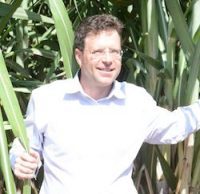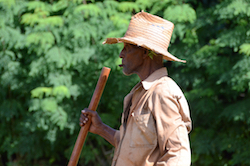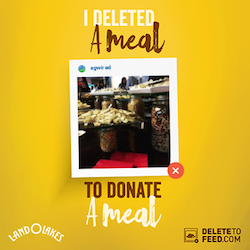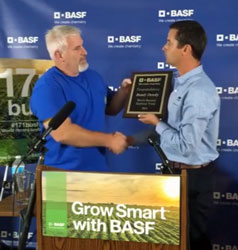 Most people who are active on social media know what an emoji is – those cute little images used in text messages, Twitter and Facebook posts. They started many years ago with the simple smiley or sad face made from the combination of colons and parentheses like this – 🙂
Most people who are active on social media know what an emoji is – those cute little images used in text messages, Twitter and Facebook posts. They started many years ago with the simple smiley or sad face made from the combination of colons and parentheses like this – 🙂
Now emojis are everywhere, and they’ve evolved well beyond facial expressions. Going to karaoke? There’s an emoji for that. Getting all dolled up? There’s an emoji for that. Going to a football game? Yep, there’s an emoji. There are dozens of emojis for food and animals from apples to zebras. But people who love peanuts sadly have no emoji.
That’s why Golden Peanut & Tree Nuts has launched the Where’s My Peanut Emoji? campaign to get a peanut added to Apple’s emoji keyboard.
Peanuts and tree nuts are not only delicious, but full of healthy fats, fiber, plant-based protein and loads of vitamins and minerals. We want to get this message out to the world — a world that now communicates by emoji. That’s why we’re leading the charge on making the peanut emoji happen.
Besides, think of all the great emoji combos the peanut could work with. PB & J, anyone? (insert bread, strawberry and peanut emoji) Seventh inning stretch? (insert baseball, beer, popcorn and peanut). And we’re sure you’re not above a few peanut puns. (insert Awww peanut emoji peanut emoji peanut emoji!!!)
Golden Peanut & Tree Nuts is urging peanut lovers to go to WheresMyPeanutEmoji.com and sign their petition, and then share the campaign on Twitter and Facebook using the hashtag #wheresmypeanutemoji. And do it while enjoying some peanuts!












